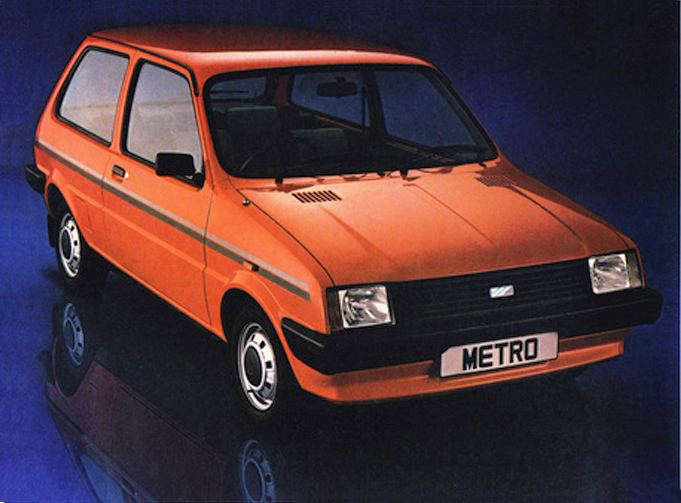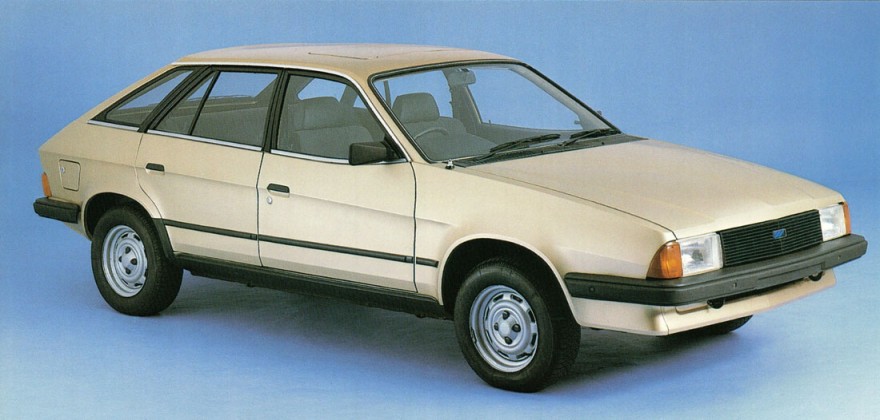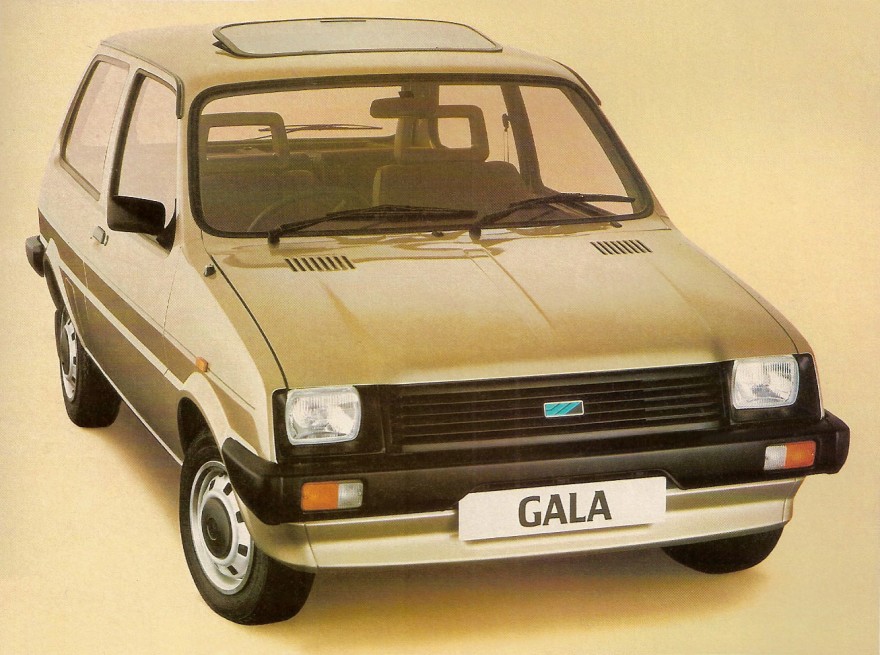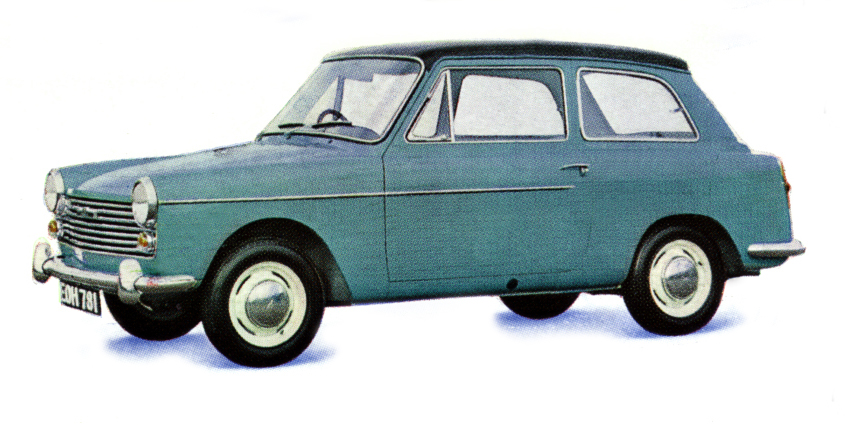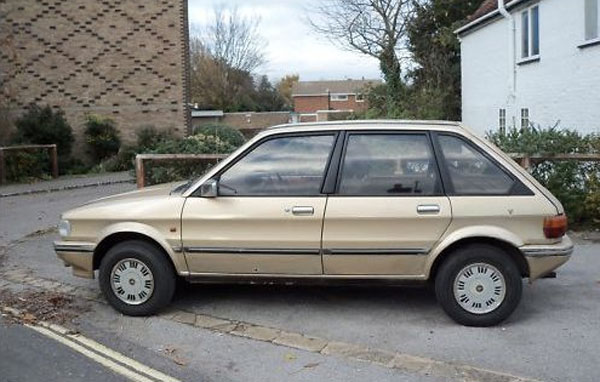Due to significant engineering breakthroughs, the 1980 Austin Metro was designed to g0 12,000 or one full year between services of any kind. Each car had brake pad sensors to let you know when to change the pads. Self cleaning sliding contact points are standard, as was a long-life battery which only needed topping once a year.
An enlarged oil filter element and long-life spark plugs which did not need cleaning were standard as well.
With its new A-Plus engine and refined, positive gear box, the Metro delivered great performance and great economy. The 1.3 HLS topped 96 MPH and had a 0-60 time of 12.3 seconds. The HLE achieved a 62 MPH rating at 50 MPH and an astonoshing 83 MPG at 30 MPH.
In the interior, the asymmetric Split-Action rear seat is split one third/two thirds making it uniquely versatile. When both seats are folded down, you have 45.7 cubic feet of load space. It had better visibility with its huge glass area and the doors were extra wide so getting in and out was easy. It had a stating MSRP of £3,095
1980 Austin Metro
